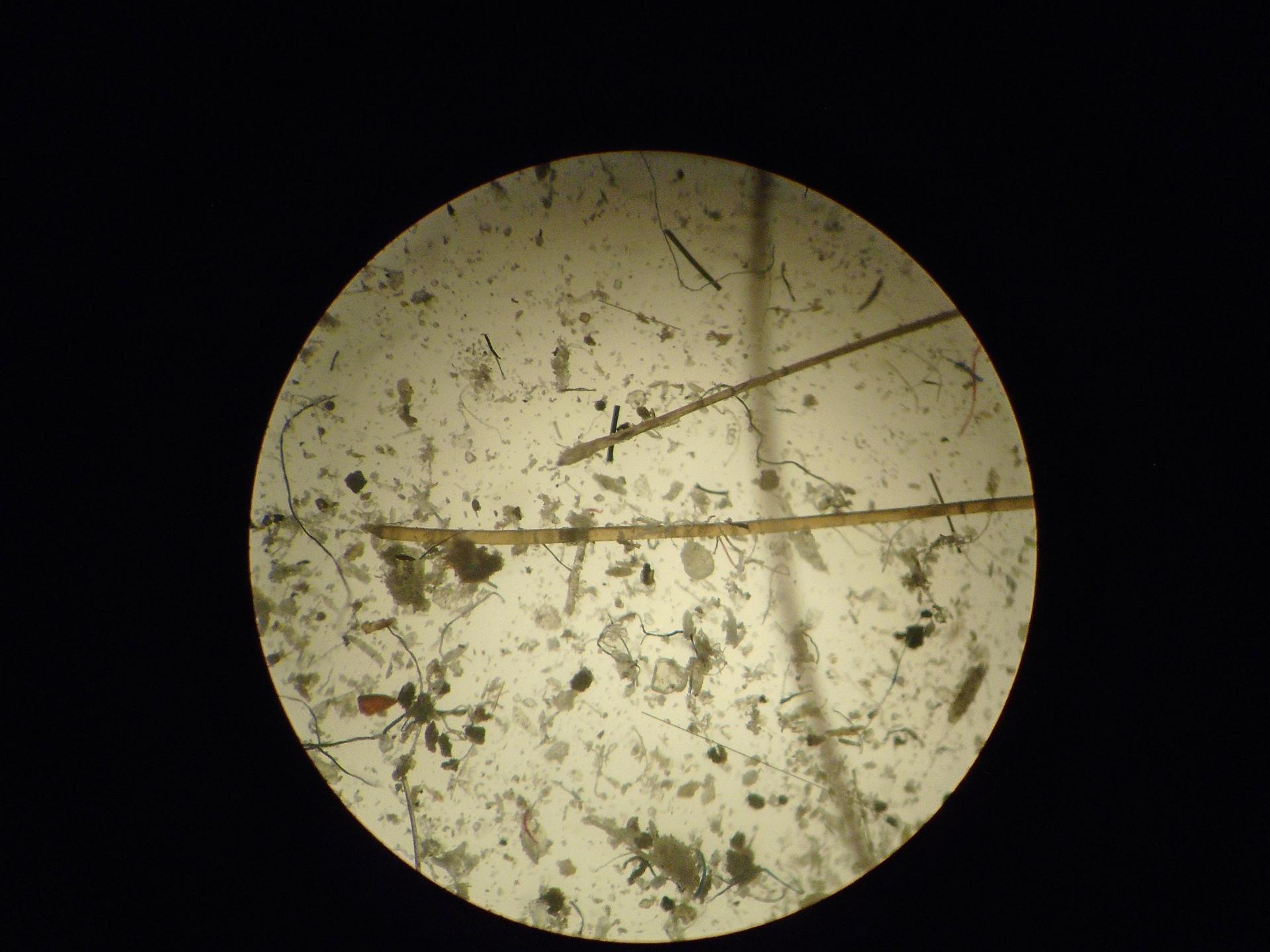Microbiology Labs

Microbiology is hugely important at Dyson, allowing us to understand the depth and detail of the problems we are seeking to solve. We have been studying dust for over 20 years in our in-house microbiology facilities.
Real dust is a complex matrix of components, including dust mites, dust mite faeces, skin, bacteria, viruses, mould, pet hair and dander, and hundreds of other particles. That is why when we design vacuum cleaners, we test with dust from real homes and not just industry standard material, because we know that organic matter including pet hair and dander is often caught up in household dust and will have a big impact on how the machine functions. Only by understanding the complex matrix of household dust can we better enable our machines to deal with the conditions they face in real homes.
-

Dust Mite Farm
We have a colony of dust mites in our Malmesbury Campus. They are fed with a mixture of dog biscuits, wheatgerm, yeast, and skin flakes – their favourite food – and the colony is kept at 25-degrees with 70% humidity where they thrive, enabling our microbiologists to study and understand how they behave.
-

Dust Samples
We spend millions of pounds each year on dust samples to better understand the composition of household dust. We also rely heavily on Dyson employees to bring dust from their homes, between 300-400kg a month. Dust samples are sourced globally, to ensure we get a representative sample.
-

Dust Tunnel
Real household dust needs to be washed and sieved before any tests can be done with it. Here, fine dust is separated from the larger dust particles before being weighed and passed on for further testing. The dust tunnel also allows us to perform tests on prototypes and filters with real dust in a safe environment.
-

Scanning Electron Microscope (SEM)
The composite of household dust can be extremely small, making it difficult to see under a normal microscope. We use an SEM that uses a focused beam of electrons to produce images 4,000x more magnified, so we can see the smallest of particles including pollen and pet dander.